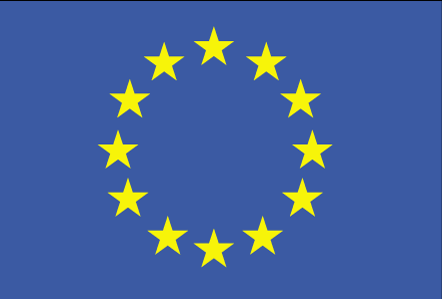On Feb. 7, 1992, the Treaty on European Union (also known as the Maastricht Treaty) was signed in Maastricht, the Netherlands, laying the groundwork for the formation of the European Union on Nov. 1, 1993.
“By adding two new areas – justice and home affairs and a common foreign and security policy – to the existing European Community, the so-called three pillars of the Union were established,” BBC News World Edition’s Euro-glossary notes. And as the New York Times‘ Barry James noted in 1992, the latter of these two pillars set the stage for a common EU defense policy.
You can read the full text of the treaty via the European Union’s Europa website here.
Efforts to reignite the European economy started after World War II in hopes that economic unity could ward off future war. As the Czech National Bank notes, these included the Schuman Declaration of 1950, the establishment of the European Coal and Steel Community in 1951, and the signing of the Treaty of Rome in 1957.
“The Schuman Declaration of 1950 was guided by the spirit of free trade. The European Coal and Steel Community (Montan Union) was established in 1951. The 1957 Treaty of Rome subsequently laid the foundations for the European Economic Community.
According to EUR-Lex, the European Union’s official online clearinghouse for all-things EU law, the treaty had five goals: (1) strengthening “the democratic legitimacy of the institutions,” (2) boosting their effectiveness, (3) establishing economic and currency-based unity, (4) creating an EU-wide “foreign and security policy,” and (5) developing “the Community social dimension.” This last goal established EU-wide policies on “trans-European networks,” “industrial policy,” “consumer protection,” “education and vocational training,” “youth” and “culture.”
EUR-Lex also points out that the Treaty introduced one of the EU’s most characteristic attributes: an EU citizenship that supersedes one’s national citizenship and awards sovereign privileges (i.e. living and traveling anywhere within EU boundaries, and petitioning the European Parliament).
Under the currency-based unity umbrella, it also laid a foundation for the eurozone, which the Financial Times Lexicon defines as ” the economic area, also known as Euroland, comprising the 17 countries that have adopted the euro.” However, as The Independent‘s “Fact File: The Eurozone” reports, the Euro wasn’t formally introduced until 1999.
According to the text of the treaty, its original signatories were, as follows:
- Belgium
- Denmark
- Germany
- The Hellenic Republic (Greece)
- Spain
- France
- Ireland
- Italy
- Luxembourg
- The Netherlands
- Portugal
- The United Kingdom of Great Britain and Northern Ireland


![Defense & Aerospace Report Podcast [Jul 24, ’22 Business Report]](https://defaeroreport.com/wp-content/uploads/2022/07/Screen-Shot-2022-07-24-at-7.06.08-PM-214x140.png)
![Defense & Aerospace Report Podcast [Jun 19, ’22 Business Report]](https://defaeroreport.com/wp-content/uploads/2022/06/Screen-Shot-2022-06-19-at-8.33.18-AM-214x140.png)
![DEFAERO Report Daily Podcast [Aug 03, 2021] Sea, Air & Space Day 2](https://defaeroreport.com/wp-content/uploads/2021/08/Screen-Shot-2021-08-03-at-5.44.38-PM-214x140.png)